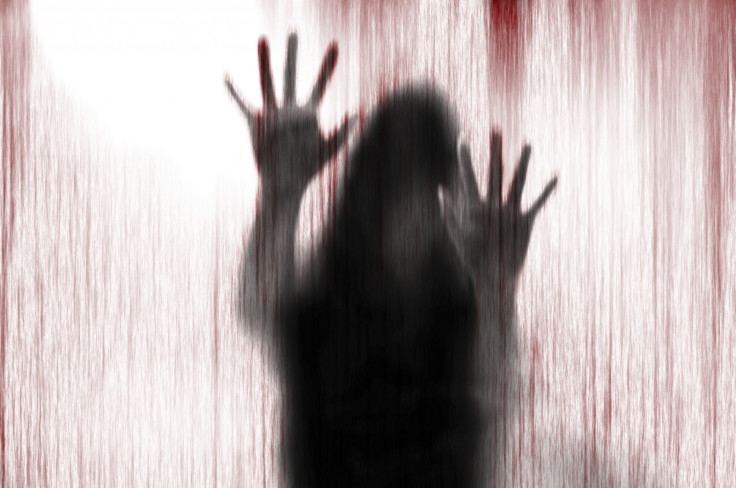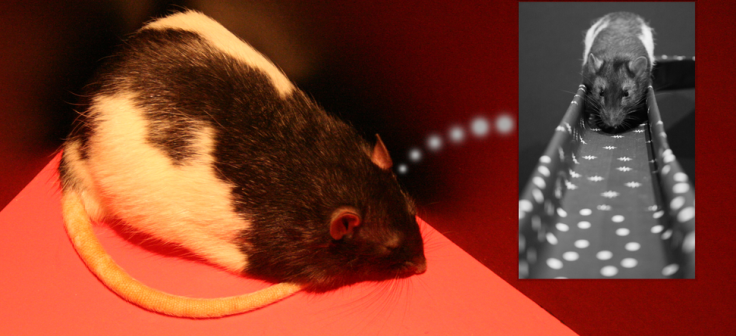How the brain remembers experiences of fear
Scientists have found that neurons known as place cells are key to retrieving fear memories.

Scientists have for the first time identified specific patterns of electrical activity in rats' brains associated with fear memories. They have found evidence of the brain recalling memories of the physical location where the scary experience took place.
The brain's hippocampus is known to play a key part in episodic memory. When people remember particular experiences, they link these experiences to the spatial environments in which they took place.
It has been hypothesised that specific neurons in the hippocampus known as "place cells" are responsible for this. In the study published in Nature Neuroscience, scientists have investigated this, looking at the role of place cells in retrieving fear memories.
The team, led by Dr Daoyun Ji from Baylor College of Medicine, conducted experiments with laboratory rats. Studying the rodents is useful because their place cells generate different patterns of electrical activity, depending on their location in space.
"A number of place cells generates electrical activity called a 'spiking pattern,'" Ji explained. "When the rat is in a certain place, a group of neurons generates a specific pattern of spikes and when it moves to a different place, a different group of neurons generates another pattern of spikes. The patterns are very distinct. We can predict where the animal is by looking at its pattern of brain activity."
Avoiding the shocks
Here, the scientists worked to create a fear memory associated with a place in the rats. The animals walked along a track, back and forth, but when they neared the end of the track, in a specific zone, they received mild foot shocks. After a rest, they were placed back on the track, but as the rats neared the "shock zone", they turned away out of fear, avoiding the shocks.
During the experience, the researchers also monitored the rats' place cells activity, thanks to tiny probes inserted into the hippocampus. "By recording these brain signals while the animal walked the track for the first time we could examine the patterns that emerged in its brain. We could see what patterns were associated with each location on the track, including the location where the animal later got shocked", Ji said.

When they looked at the brain activity in place cells, just before the rats turned away from the "shock zone", the scientists identified the spiking patterns corresponding to the location in which they had received the shocks. This was the case even though the animal was only stopping and thinking about the location and not actually walking through it.
"From the brain activity we can tell that the animal was 'mentally travelling' from its current location to the shock place. These patterns corresponding to the shock place re-emerged right at the moment when a specific memory is remembered," Ji said.
The findings suggest that place cells do play a crucial role in retrieving and remembering fearful experiences. They helped the rats remember the spatial context in which the experience occurred, and led them to avoid the place they got shocked the first time.
This is only a small study conducted in animals, but the findings may have interesting medical applications in the future. Ji and his colleagues are planning to explore what role spiking patterns in place cells might play in diseases that involve memory loss, such as Alzheimer's disease.
© Copyright IBTimes 2025. All rights reserved.






















